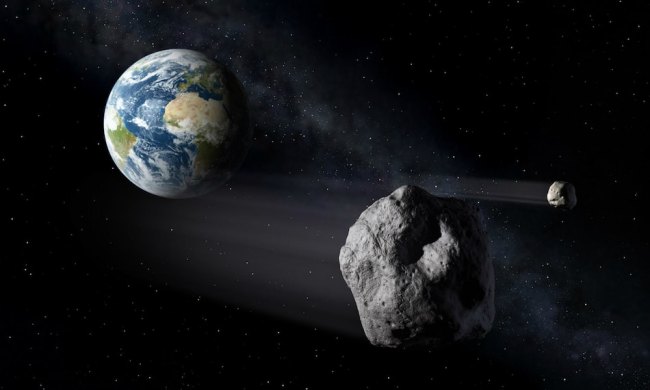NASA is set to reveal the sample collected from the Bennu asteroid during the OSIRIS-REx mission.
The space agency will livestream the event on Wednesday. See below for full details on how to watch.
The OSIRIS-REx mission marked NASA’s first-ever sample retrieval from a distant asteroid in a complex operation that involved landing a spacecraft on the rock, grabbing and storing materials from it, and then bringing them all the way to Earth.
The mission launched in September 2016, with the spacecraft collecting the sample four years later. Its long journey back to Earth ended last month when it dropped off the sample in a capsule that landed in the Utah desert, exactly as planned.
After being held for a short while in a clean room near the landing site, the capsule was transported to the Johnson Space Center in Houston where it will be opened, allowing the start of years of scientific study that researchers hope will tell us more about the formation of our solar system and even offer insight into how life on Earth began.
Commenting on the successful mission, NASA chief Bill Nelson said OSIRIS-REx has “brought something extraordinary: the largest asteroid sample ever received on Earth.”
Nelson added: “It’s going to help scientists investigate planet formation, it’s going to improve our understanding of asteroids that could possibly impact the Earth, and it’ll deepen our understanding of the origin of our solar system and its formation.
The NASA boss said the mission proved that “NASA does big things — things that inspire us, things that unite us, things that show that nothing is beyond our reach.”
Scientists are currently performing an initial analysis of the sample that should offer a basic understanding of the Bennu material. Analytical instruments being deployed include a scanning electron microscope (SEM), infrared measurements, and x-ray diffraction (XRD), to gain a better understanding of the sample.
How to watch
NASA will reveal the sample gathered from the Bennu asteroid at a special event starting at 11 a.m. ET on Wednesday, October 11.
You can watch it via the video player embedded at the top of this page, or by visiting NASA TV, which will carry the same feed.


